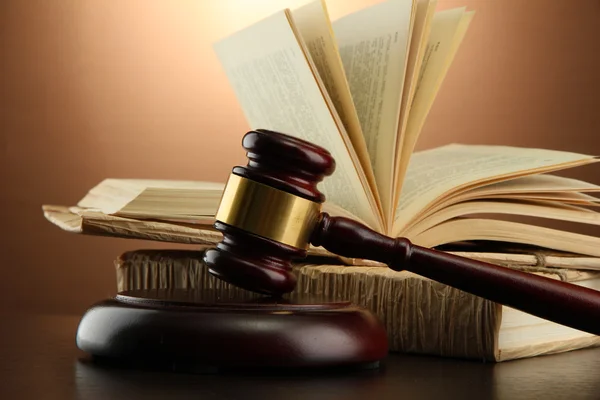Forensic investigation involves a complex process of physical evidence collection and crime scene processing, laboratory analyses and reporting. At the heart of forensic science is identifying and interpreting trace evidence that can lead to a conclusion about a suspect’s identity or presence at a crime scene.
Utilizing art as a tool for observation, comparison and reflection should be a central component of the education of students and continuous professional development of practicing forensic scientists. This will help to cultivate a “practiced eye” by practicing slow looking, moving from the overall painting down to the details.
Observation and Reasoning
Forensic investigation is the use of science to establish facts or evidence for crime based trials or proceedings. Many different fields of science can be used for forensic investigations including biology, medicine, anthropology and even engineering.
Traditionally, the term “forensic science” conjures up images of CSI-type shows with autopsies and men in white coats working in sterile labs. However, there is much more to the discipline than that.
Forensic scientists are not only concerned with factual results, but also must provide their expert opinion of what those results mean. This process begins with careful observation of a scene or artifact. Forensic artists use visual comparison techniques to identify and verify trace evidence such as glass, paint and hair. Wildlife forensic science applies a range of scientific disciplines to cases involving non-human biological evidence. Art forensics uses similar methods to authenticate artworks.
Analysis
Forensic investigation uses the methods of various sciences (anthropology, biology, chemistry, engineering, genetics, medicine, pathology, physics, psychology and toxicology) to examine evidence in criminal and civil legal matters. It is also known as criminalistics or forensic science.
Analysis in forensic investigation involves the collection, preservation and processing of physical evidence to determine its origin and authenticity. This is done using a variety of laboratory processes and techniques that are often supervised by an expert in the discipline.
One of the fastest-growing subdivisions of forensic science is digital forensics, which includes the examination of a computer system or device to unearth evidence. This might include a live analysis of the OS or memory to recover deleted files; searching for volatile data stored in cache or RAM; or analyzing traces left by an attacker to identify them as the culprit. It is important to carefully handle and present this type of evidence to ensure that it can be admissible in court.
Reconstruction
Forensic engineering is the scientific examination of structures and products in order to determine their failure or cause of damage. This is a highly specialized field and requires the ability to use multiple disciplines including chemistry, biology, physics and engineering.
Forensic scientists also must be able to testify in court. This involves giving a verbal statement under oath in front of a judge or jury about the results of their testing and/or analysis and what, in their expert opinion, those results mean.
Other subdivisions of forensic investigation include questioned document examination (analyzing handwriting for evidence) and wildlife forensic science (examining non-human animal remains in cases such as poaching and endangered species trafficking). All of these fields require an attention to detail that allows investigators to notice small differences and distinctions. They also need to be meticulous in adhering to established standards and processes in their forensic work. This ensures that they can present accurate and reliable data in a court of law.
Attribution
Forensic scientists search for and examine physical traces, such as DNA, that can help connect suspects to crime scenes or victims. They use mathematical principles, problem-solving methods, complex instruments and microscopic examining techniques.
For example, an investigation of crime scene DNA might reveal the identity of a murderer and help convict him or her. Other forensic investigations might reveal that the victim had ingested toxic drugs or even that a suspect had fired a gun at the crime scene.
However, some forensics science has been criticized for being unfounded, flawed or overstated. It is important to ensure that forensic evidence is both scientifically sound and legally robust. This goal would be advanced by establishing a series of structured conversations involving legal and policy experts augmented by technical specialists. These would serve as the precursor to establishing and testing attribution decision frameworks.



